Leaderboard
Popular Content
Showing content with the highest reputation on 01/16/2017 in all areas
-
Finished up my dual time and got to fly solo in the Mooney yesterday. http://intothesky.us/2017/01/14/last-cfi-flight-first-solo-in-the-mooney/ Then today I got to go flying again this morning, this time in the right seat of @MHemperly's "E" as the safety pilot while he was shooting approaches for his IFR currency. I was glad he asked, I had a great time and learned a lot. Here's a few pictures from this morning.8 points
-
Feb issue of Plane and Pilot has a list of great used planes to buy. Mooney 20F Executive was listed. Great advertising and vote of confidence.4 points
-
Although a go around is rare for me, I have still done them, one within the last year (in my Mooney, got several in the Lancair). Hank's advice is dead on. I have made zero opinions on the negative side when I see a pilot elect to go around. It clearly demonstrates good decision making by the guy behind the yoke. Tom4 points
-
Another good write up, Richard. The next time you are fast on final, just hold the plane off in the flare, keep the nose up and stay centered on the runway. You will experience the Mooney float, just don't let the wind blow you to the side. Expect about 100' of float for every 1 mph you are fast . . . Eventually the excess speed will bleed off and you will land. So don't do this if the runway is short. Having the wisdom to do a go around is a good thing, not something to be embarrassed by. If something isn't right, go around and try again, that's how pilots stay alive and airplanes stay undamaged.4 points
-
And an F with manual gear is the best buy of all IMHO Mooney should have never strayed from manual gear again IMHO or at least offered manual as an option. You still can get a car with manual transmission though very rare.4 points
-
Agreed! Certainly a mistake on a short field and even seems to be falling out of favor for any takeoff in a Mooney. Instead of hanging around down low, with the wheels out, just so you can use the last 1000 ft of runway if you have to... tuck those wheels up and CLIMB. The extra 300 or 400 ft of altitude might be even more useful in the event of an engine out. After all, landing gear up isn't the end of the world. One note for our unlicensed co-pilots riding right seat, such as my wife. In the event the pilot (me) become incapacitated, her instructions are to land gear up no matter what anyone on the ground or ATC says. She's less likely to bounce, loose control, and will stop quicker. Especially since there are no brakes on the right side of the Mooney cockpit.3 points
-
Hey Richard, Nice write up as usual. And well done on the go around. There are two useful skills to practice when you happen to botch an approach and come in way too fast. I'll mention here that when the Mooney Caravan flies (and we hope you'll join us on a flight to Oshkosh soon), we fly our approach at 90 knots and no flaps. And yet we all land just fine. All that's required is enough runway. So when you find yourself coming in hot, use the event to practice either 1) a go around, as you did or 2) landing by holding the plane in ground effect until it just can't fly any longer and rolls on. The key is with power off, hold the plane off the runway as long as possible. Both are good skills to have. And of course, the available runway might determine your choice of 1 or 2.3 points
-
thanks for another fine write up... I hope that the stories continue even though it seems our young man is all growed up now. It just must be so neat to fly any time your wife lets you!3 points
-
@Skates97 thanks for being my eyes today! I hope I didn't suck too bad! Lol! Glad you had fun!3 points
-
Those of us with right shoulder issues are glad to have electric gear. Besides, I keep approach plates on the floor below the quadrant, and keep charts, water bottles, etc., on the floor between the seats. Can't do either with manual gear, it's all right where the J-bar goes.3 points
-
3 points
-
3 points
-
I am a little different than the rest of you here. Clarence rebuilt my doghouse when I did the engine overhaul in 2009. He powder coated it shiny black and it has absolutely zero leaks in it. Before this was done, there were times when I would see my JPI top 390 for one or two of the CHTs. After it was done, the hottest I would see on a hot summer day was around 365. Mostly my CHTs are between 320 and 350. Nice and cool. I like the idea and look of Sabremech's new cowl and I certainly want one too, but I am a little scared of giving away the great cooling of my current doghouse. He promised me (at Oshkosh last year) that his new cowl will provide just as good cooling air as my doghouse. I remain hopeful.3 points
-
I was shocked and saddened when I opened up and read the latest issue of the MAPA Log and saw that Cleon Biter “Flew West” last month after a battle with cancer. I’ve known him since I first started teaching for the Mooney Pilot Proficiency Program as a new Mooney instructor over 20 years ago. He was one of the best pilots I have ever flown with. He was one of the first Master Flight Instructors. As a meteorologist, he really knew and understood Weather, and every time I taught for the PPP and would sit in and listen to his weather presentations I learned something new. After one PPP in Jefferson City a number of years ago, he took Wayne Fisher, another great instructor, and me back to Kansas City where we got our flight back to our home cities. He flew with perfection. While in the FBO I asked him to review how he did a preflight weather briefing. We headed to the computer and he took the time to detail how he did it. Since he was in Colorado, I recommended many students in his area to get their transition and other training from him. I always got positive feedback from them. The flying community and especially the Mooney flying community lost a great teacher. He will be greatly missed…2 points
-
Richard, I've bounced my plane twice since I've owned it and both times i was coming in a little fast and light on fuel and payload; both were also early in ownership of my Mooney. I think it's something every Mooney pilot should experience so you know what to expect and how to handle it. Nice work handling yours. As you know a bounce occurs when there is too much airspeed so I now fly precisely 70 knots over the numbers when heavy, -5 knots when 300 lbs or more under gross and +5 in gusty wind conditions. I learned this from Don Kaye after I purchased his landing DVD and materials that came with it. I've never bounced a landing since. My CFI still thinks 70 is too slow but I think that's a common mistake some CFIs that are unfamiliar with Mooneys make. Kevin2 points
-
Or how about a highly modified F with ALL the bells and whistles for $200,000?[emoji2] Sent from my SM-G900V using Tapatalk2 points
-
The next time I go up I'm going to hop over to Chino with it's 4,858' and 7,000' runways where I have plenty of room to try holding it off longer. I know that Corona is plenty long with its 3,200' runway and I generally just tap the brakes when exiting at the end where my hangar is, but there is something subconscious about watching those trees at the far end come closer while still floating along... Just need more practice.2 points
-
Get some speed around the corner (no static run-up). With a static run-up you have to break initial friction. A rolling TO will decrease the roll by a considerable amount. You rarely see a bush plane do a standing takeoff. Get in the air as soon as the plane will fly. Level in ground effect and suck the gear up. Accelerate to 80-85 mph and hold that. Flaps stay in TO position. Clear of obstacle, flaps up accelerate to whatever you want. Notes: The gear is a lot of drag and we have no separate gear doors. Get it up! On the minuscule chance the engine quits at that particular time, you will probably belly it in. Of course, if the field has obstacles, you will probably hit said obstacle anyway. You accelerate MUCH faster in ground effect than waiting on the runway. Some people don't like to pull the gear with runway in front of them. I think this is a mistake on a short field where max performance is key. I grew up flying from a 2000ft grass, mountain strip with 200ft fir trees at the end. Your mileage may vary. Sent from my iPad using Tapatalk2 points
-
Thanks guys. Hank, in looking back on it while driving home I saw that if I would have just held it off in the float I would have been fine. The problem was I tried to let it touch down at the higher speed. The going around wasn't that I was embarrassed, it was more annoyed at myself for not being set up right. I was pleased with the go around and working through cleaning up the plane quickly. There was only one other go around that we did in my transition training and that was when I was coming in high and fast and made the decision early while still on short final. Making the decision and executing after a couple bounces was different that that, but I was happy with the way that I handled it.2 points
-
I've got a lowe's float charger that has been connected to my battery since I've owned the plane.2 points
-
It was painted about 5ish years ago to look like an Ovation, red and black stripes. Someone did the whole panel over to include a 530W, Stec 60-2 and one of the older style digital engine monitors. I was always curious about the panel, it looked like someone had overlayed on top of the original structure which made it stick into your face. Wasn't my favorite to fly due to that. I do not think I have any pictures unfortunately.2 points
-
Go to the battery minder website... they design for the specific type and brand of battery that you have... They have engineered out the usual things that cause fires... permanently installed like PTK mentioned above. Generally speaking, it's as good as it gets without having to stand next to it to make sure it is working... Best regards, -a-2 points
-
x2. I pounded the pattern yesterday when I was solo. First time I was sloppy and came in at 80mph Vref and floated well past the 1,000' mark. I dropped gear and flaps much earlier next time around, 75 over numbers and I had it down about 300' past the numbers.2 points
-
To Portland Maine with my oldest sun - Lobster run. We had lunch and brought home some hapless lobsters. We ate a place that had the most amazing lobster sandwich I ever had - like a lobster roll but better - the bread was toasted and soaked in butter - and we know lobster and butter is good so no surprise there - but then avocado and bacon - wow it was amazing.2 points
-
I got an idea with your money. Pull the King radio and put in a Garmin 255. You'll have plenty of space to move it over to the center stack. I'm headed the L-3 9000+ route as well. Mine has been purchased, just waiting for the shop's slot. Going to be moving stuff around as well.2 points
-
2 points
-
Thread update - I really pressed the shop during annual to do as much as they could to tighten up my dilapidated doghouse baffle, after I maxed out on what I could do on my own with RTV caulk. My climb CHTs have always been too hot in summer despite adequate peak fuel flow, and in cruise #2 always ran 30 degrees hotter than the rest despite being one of the richer cylinders. A likely result of these temps was I had to pull two cylinders for IRAN at 900hrs SMOH during annual, so the baffle was getting pulled apart anyway. I wanted them to address the hard to reach areas around the starter and alternator, particularly on the prop side, and replace the disintegrating front seals. Below are some pix of the results. Too early to tell if it worked, because now #2 and #3 are running very hot during re-break in. Fingers crossed that this will hold me until Sabermech's cowl mod is ready to go however...2 points
-
2 points
-
Well the first $800K they raise has to go directly into Mark Baker's bank account... so it takes awhile to raise enough to start giving hat's away.2 points
-
My son went on his first plane ride with me at 9 months, and has ridden with us 6 or 7 times since then. He turned 2 in October, and just over the last couple months really taken a liking to airplanes. He had been indifferent before, but now gets really excited about going to the airport to see planes. And yes, it's probably about time for his first haircut too.2 points
-
2 points
-
The N number derives from a couple things. I had N929PG as my first Mooney, and loved the way "niner" rolls off the tongue (cool sounding). I bought the kit in 1999, my daughter graduated HS in 99, and the last two of my SSN are 99. The 4PT is what the plane is, a 4 place, pressurized, turbine, and the very abbreviation all my Lancair friends use in refering to the plane. It is also conveniently the shorter number I use once communication is established with any ATC facility. Where you at in "Northern Michigan"? It's kind of funny, but no one but a true Michigander knows the difference between a Yooper and a Northern Michigander. Most find it hard to believe a Yooper is farther north than a Northern Michigander. Of course, the air is thinner up here so that accounts for some of our craziness. Tom2 points
-
Just added another notch in my plane ownership belt. I'm on my 26th year of owning the same Mooney. Sent from my iPad using Tapatalk2 points
-
2 points
-
1 point
-
I went to the airport last night to drop off some stuff and wanted to preflight the plane, grab the nav data card to update, etc prior to a planned flight today. Anyway I found this ... I didn't leak test with the boost fuel pump pressurizing, but thought I had enough evidence to remove the offending line. It appeared like there was a minuscule crack at the solder joint at which fuel was leaking. Removed the offending fuel line and examined more closely. Yup it's cracked. If these things didn't cost $100 for 18 inches of 1/8 diameter tube with two poorly soldered nipple ends I'd replace all four. Called my AP today, who was nice enough to talk to me on a Sunday of a holiday weekend - he doesn't have any so we'll install a new one next week. So much for flying today. :-( Sent from my iPhone using Tapatalk1 point
-
1 point
-
This is a great autopilot and a good price. Unfortunately most Mooneys that this would be good for are 14v. By the time you sent this back to S-tec (Genesys) and bought the new paperwork as well as had everything modified to fit a Mooney, you would be better off buying a system new specifically for that aircraft. Good buy for someone with a Grumman or an experimental though.1 point
-
Looks to me like that the leak may be coming from the crankshaft seal. Leaks from the bolts stay around the bolts since there is no pressure. But pressure leaks like from the crankshaft seal spray out over a large area. You can see a crankshaft seal leak by setting the engine to 2,000 rpm and then pulling on the prop control to about 1500 rpm to force oil pressure into the seal. You may notice also small droplets on the windshield. Seal leaks are sometimes momentary due to a small particle in the seal that get dislodge later on. Cut open the oil filter to check for particles. José1 point
-
Update: Went back Saturday afternoon and powered up the avionics without the engine running. Did the AP test as Paul notes above (normal part of my pre-flight) and then engaged the AP while on the ground. Heading bug commanded left and right turns and when I set Alt hold, trim continued to run. DUH - ASI showing severe nose up without vacuum! Shutdown all and restarted with stand-by vac running. All tested well including Alt hold. Got my MX, went for a 20 minute flight and the thing performed perfectly. WTF,O? (Pilot talk.) Made the Sunday run to Destin for breakfast and back and it never missed a lick. At this point, I have no idea the cause of or the resolution to the problem. It will retain a high level of attentiveness until I re-establish my trust in it. Probably fly mostly VFR for a while and run it through some various approaches. Anthony and Paul, thanks for the suggestions and input.1 point
-
Thanks. Of course you are right. I tried to correct it, and moved it to the correct place.1 point
-
I am installing the NGT 9000+ in a '67 M20C that why I said it was a bit over kill for the flying I do. though I keep having a grand visions of flying more ...which I have done over the the last few years. Now I need to equip it with CDI or equivalent and Panel mounted GPS and then work on my instrument ticket. I have real hard time forking out ~$2100 or so for a Mechanical CDI knowing that there is far better value out there then a old mechanical Instrument pigging up precious panel space. Nothing else gave my money to help revitalize GA industry.1 point
-
Tom, Funny you mention N929PG. I have done the annual on that bird a few times, it is based in Allentown, PA now (KXLL). Chris Z owns it now ( I don't think he is on MS). I've got about 5 hrs in the left seat. Was the panel redone when you owned it?1 point
-
But when a line is replaced for any reason, the AD is triggered.1 point
-
To answer the above question; yes 35 at HYI is LPV but 250 minimums rather than 200. 13 was closed which has the only 200 ft minimums at HYI... For others who were wondering... Long story short is i was flying right seat in my 421C training a military guy (plan was KHYI KVCT KHYI) who may fly the plane for us every now and again when i can't (i have a non pilot partner in the plane). He was learning on it so we went missed twice at KHYI some due to weather and mostly pilot skills (we never made it to minimums because i didn't like the stability of his approaches). AUS was reporting 400 OC but pireps were that people were breaking out at 900 so rather than diverting to VFR weather 20 minutes away we went to AUS knowing that we could still go to many other outs if needed. My plane, my rules so i let him try it twice then we went were we could get down easier to take a break, add some fuel (we weren't low fuel anyways just FYI at 2 hours in tanks) and most of all switch seats as i fly my plane best from left seat!! After a restroom break, overpriced fuel to be safe and a cup of coffee went back to KHYI where we shot the GPS 35 to LPV 250' AG minimums and landed with no issue.1 point
-
Hopefully this is my final update on this miserable topic. After after replacing the rpm sensor, it worked fine for several months. Then it started reading erratically again, particularly at high rpm for takeoff. I went back to the avionics shop - the pins in the connector for the sensor were re-crimped. It worked fine for another month and then the problem returned. When I went to fly it home from annual, the issue was unbearably bad, and I returned to land. The avionics tech at the shop simply applied some of this Stabilant 22 stuff to the connector: http://ralaudio.com/stabilant-22-contact-enhancer-m-2.html This appears to have completely resolved the problem! I wish we had tried this in the first place. I suspect the original sensor was never really defective, and this has been a pointless wild goose chase.1 point
-
Clarence: With only 50 gals on board, we will run the tanks dry before we can get airborne.1 point
-
Ross's post should be a sticky. It's 100% correct and should be required reading for anyone shopping for an airplane.1 point







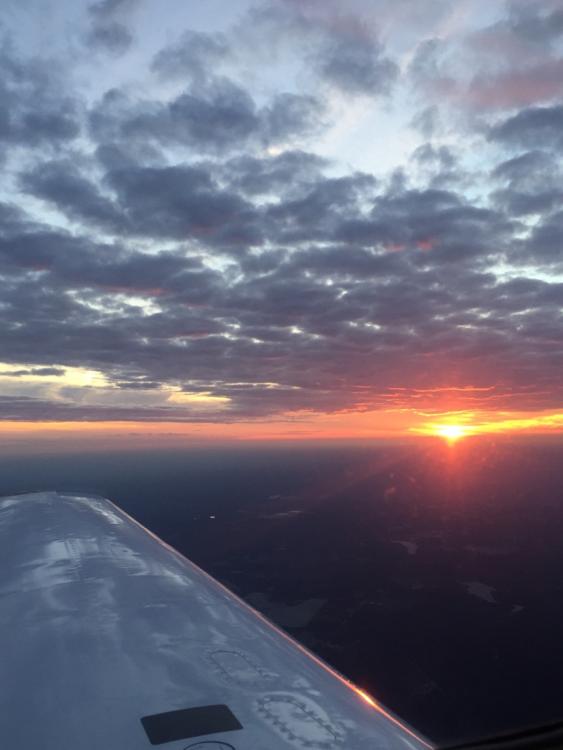
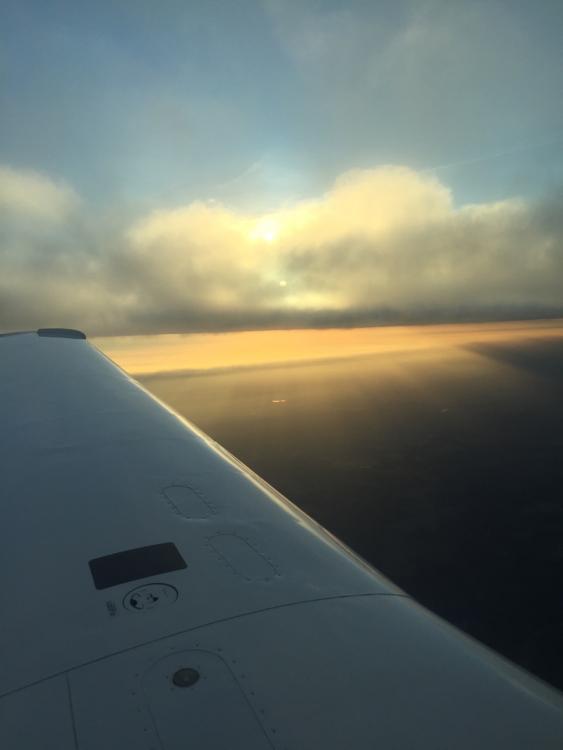



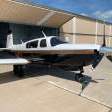







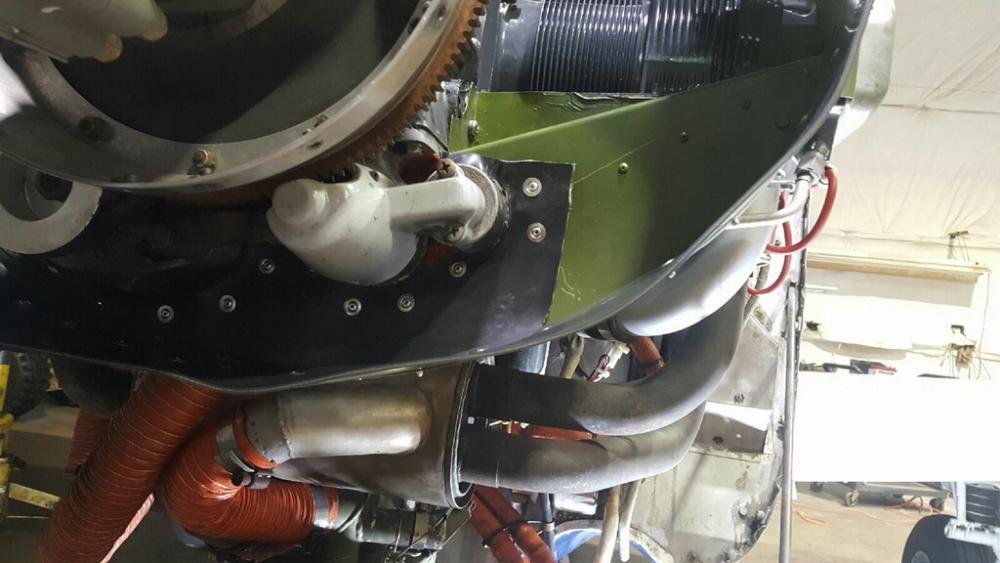
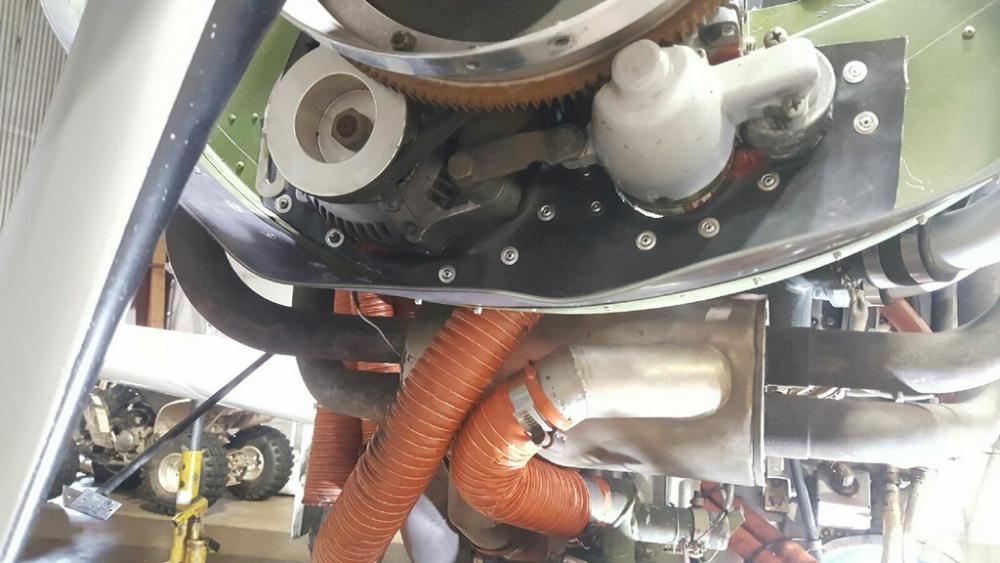

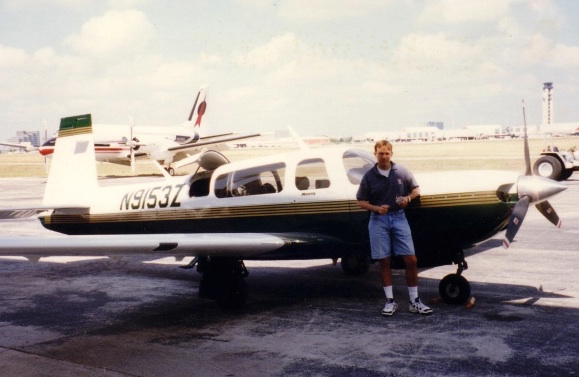
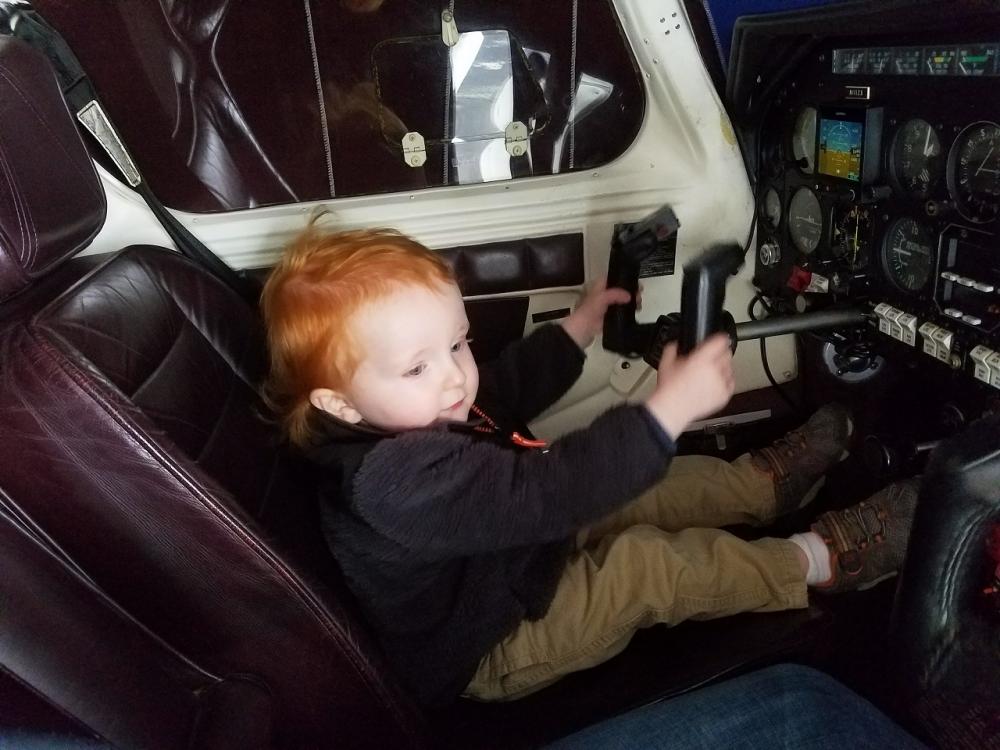


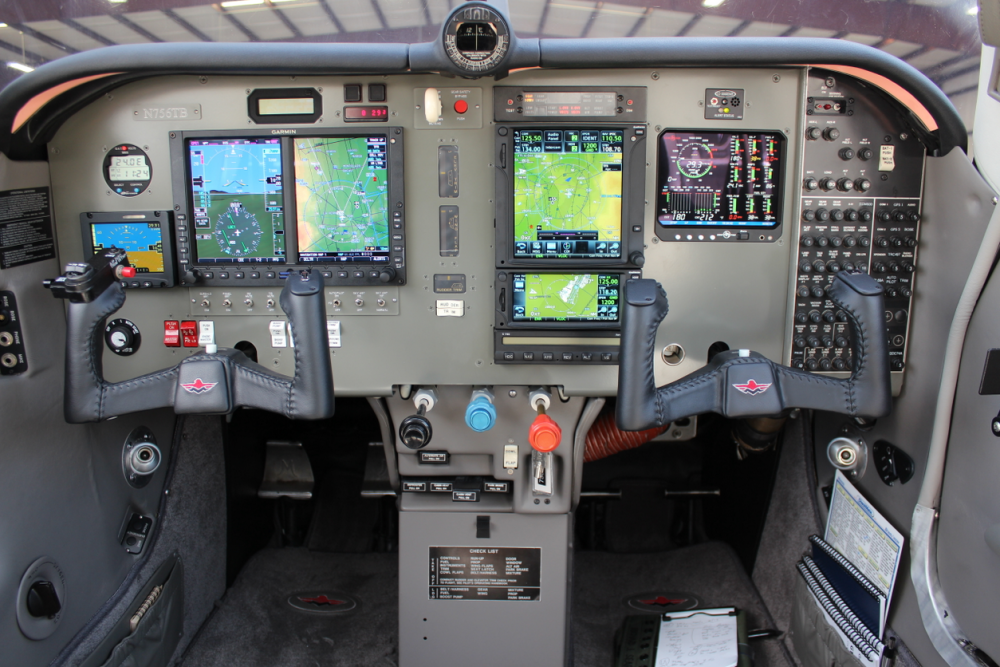

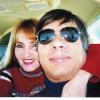
.thumb.png.7c67574d7b28f67b0b4a17760919b1ac.png)
